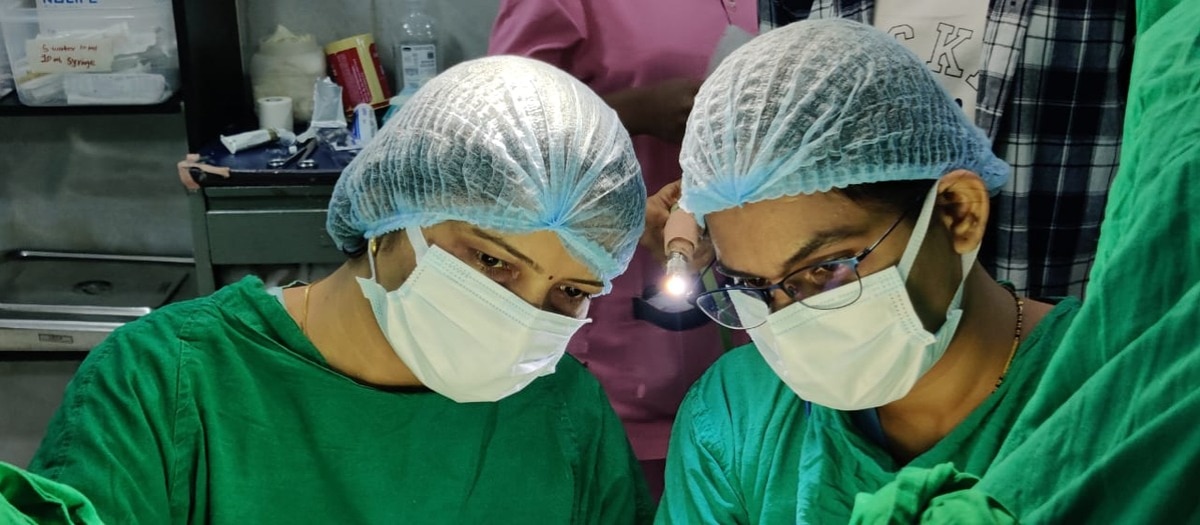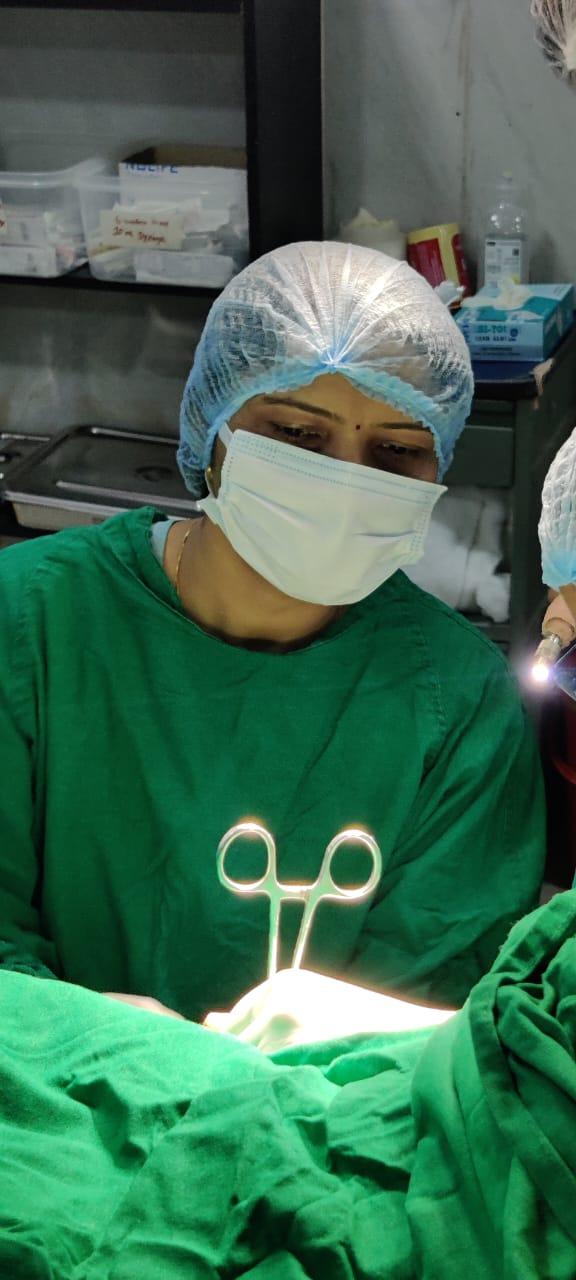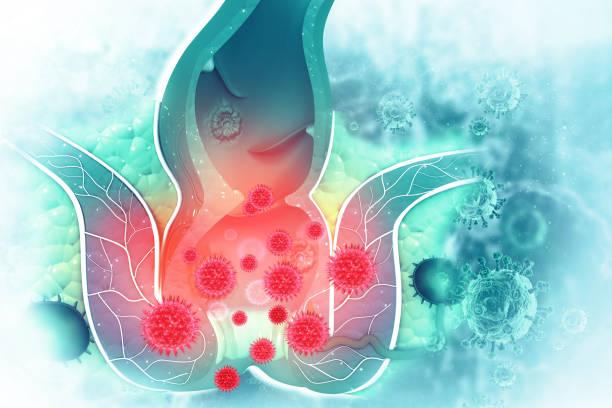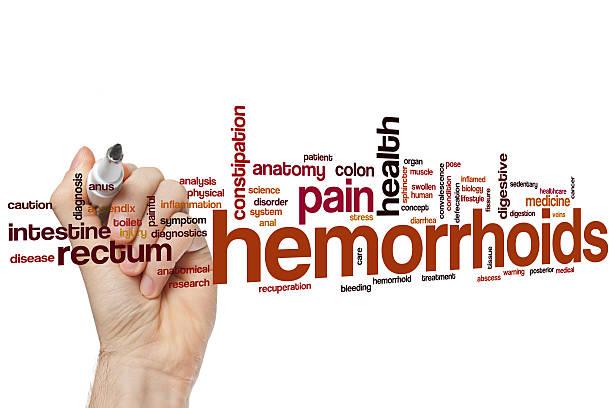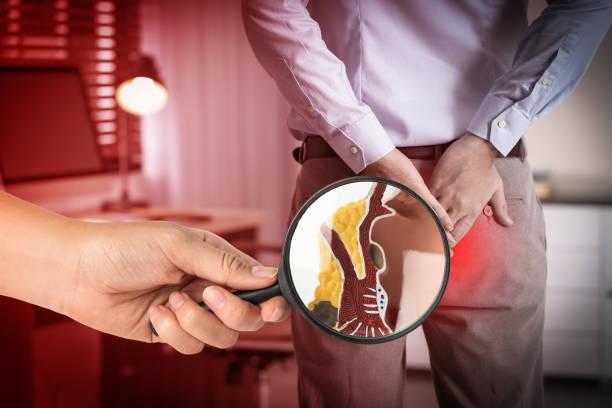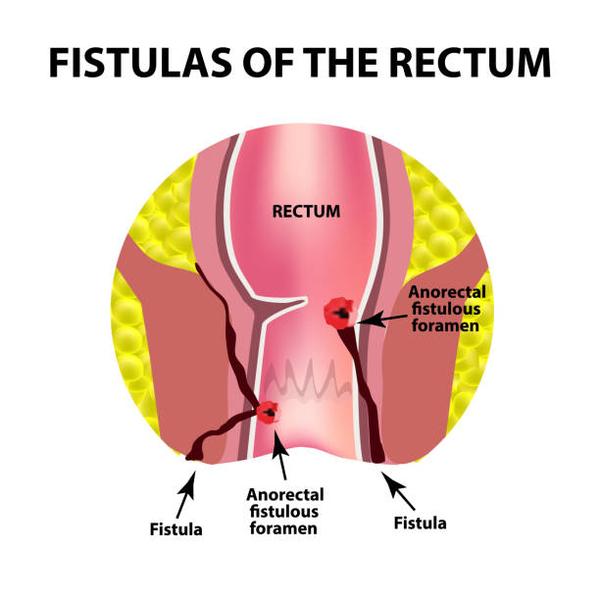Pilonidal Sinus
Pilonidal sinus, also known as pilonidal cyst or pilonidal abscess, is a condition that occurs in the sacrococcygeal area (near the tailbone) where a small tunnel or cavity develops. It is believed to be caused by a combination of factors, including hair follicle blockage, ingrown hairs, and infection. Here's some information about pilonidal sinus:Symptoms:1. Pain and tenderness in the sacrococcygeal area (near the tailbone)2. Swelling, redness, or inflammation in the affected areaDevelopment of a small opening or pit in the skin, which may contain hair3. Drainage of pus or blood from the openingFoul odor from the affected area4. Discomfort or pain when sitting or standing for prolonged periodsTreatment:1. Conservative Management: For mild or early-stage pilonidal sinus, conservative management may be recommended. This includes keeping the area clean and dry, avoiding sitting for prolonged periods, and using warm compresses to promote drainage and relieve pain.2. Incision and Drainage: If there is an abscess or pus collection, a healthcare professional may perform an incision and drainage procedure. This involves making an incision to drain the abscess and remove any infected material.3. Excision and Primary Closure: For recurrent or chronic pilonidal sinus, surgical intervention may be necessary. The most common procedure is excision and primary closure, where the sinus tract is surgically removed, and the wound is closed with sutures.4. Flap Procedures: In cases of larger or complex pilonidal sinuses, flap procedures may be performed. This involves using adjacent healthy tissue to cover the wound after sinus removal. Different types of flaps, such as Z-plasty or Limberg flap, can be used to close the wound and promote healing.5. Open Healing: In certain cases, particularly those with extensive infection or multiple sinuses, an open healing approach may be chosen.
READ MORE

